Dracula’s Daughter (1936) is one helluva motion picture. Queer. Beautiful. Shot by George Robinson, the same cinematographer who did the Spanish Dracula (1931) (which I highly recommend). It features gossip queen Hedda Hopper in one of her various “quickie” guest movie spots. Irving Pichel is stunning! In this film he plays Sandor, Countess Zaleska (Gloria Holden)’s companion and bears a remarkable resemblance to Benicio Del Toro! Great make-up job! Like many of the Universal Horror films, it may seem tame in comparison to what we have blowing off our screens today, but the story behind how the film came to be is pretty staggering and its current place within horror and the LGBTQIA world makes it a stand-out motion picture.
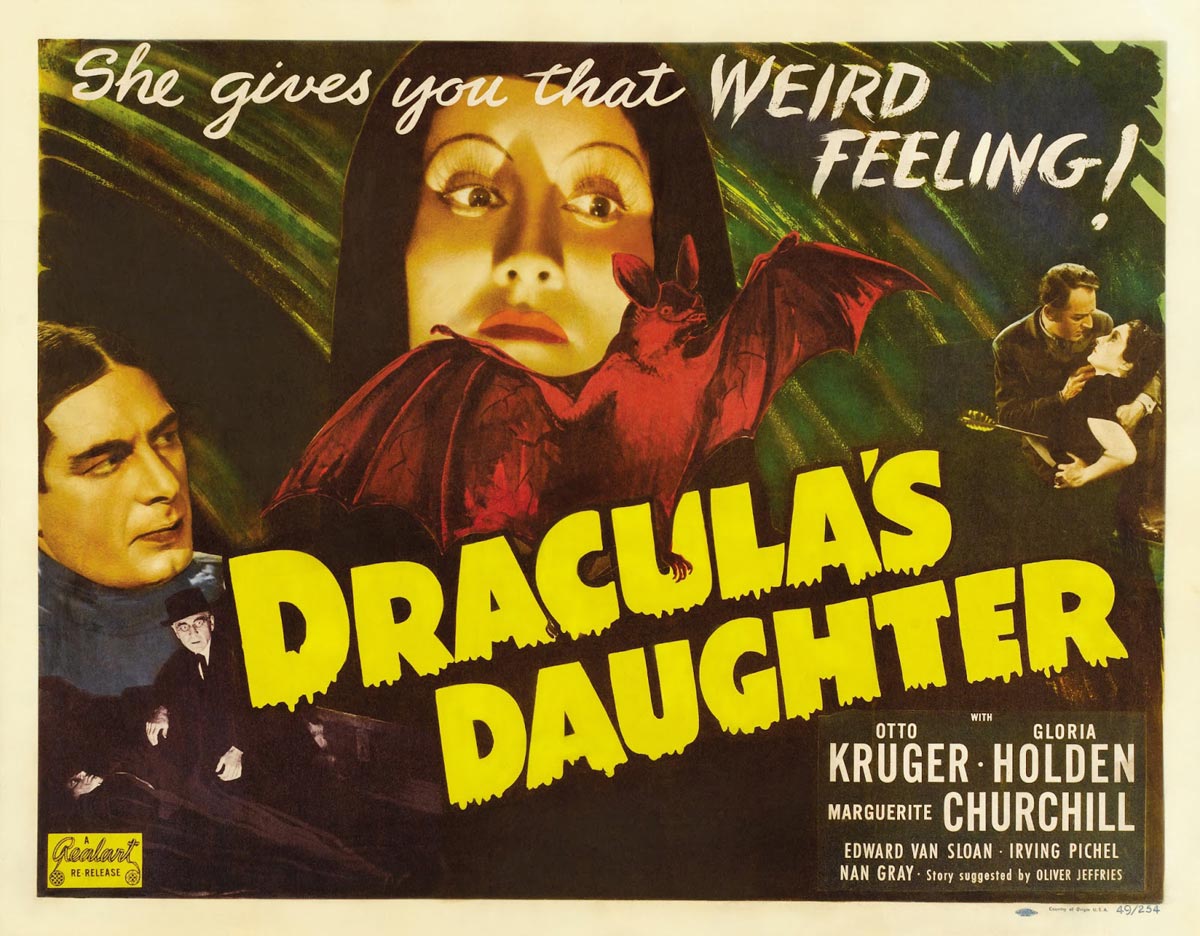
The original Dracula did exceptionally well at the box office. Along with the rest of the monster movies, it saved Universal and the Laemmles from having to go bankrupt. So when Bram Stoker’s widow offered MGM producer David O. Selznick a short story edited out of the original novel for Dracula called Dracula’s Guest, he was ready to snap it up. Legally, he knew that MGM couldn’t use anything with the name Dracula (Universal owned exclusive rights to the book and it would be super iffy to chance producing anything selected from it). So Selznick bought the story from Florence Stoker under the code name “Tarantula” with a clause that called the property Dracula’s Daughter.
Selznick then hired John L. Balderston (writer of both 1931 English & Spanish Draculas, The Mummy in 1932, Gaslight in 1944 and other films) to do the treatment. This…was an interesting experiment. Balderston’s treatment was certainly different. The original story, of course, was not about any of Dracula’s progeny. It was simply about a female vampire interacting with Jonathan Harker. Nothing more, nothing less. What Balderston was suggesting? Whoa, Nelly. His proposal featured a cadre of women vampires armed with whips, asking all to submit to their desires. Uhhhh, what? In the 1934 introductory note that Balderston wrote for the screenplay treatment of Dracula’s Daughter he stated, “The use of a female Vampire instead of male gives us the chance to play up SEX and CRUELTY legitimately…In Dracula these had to be almost eliminated…We profit by making Dracula’s Daughter amorous of her victims…”
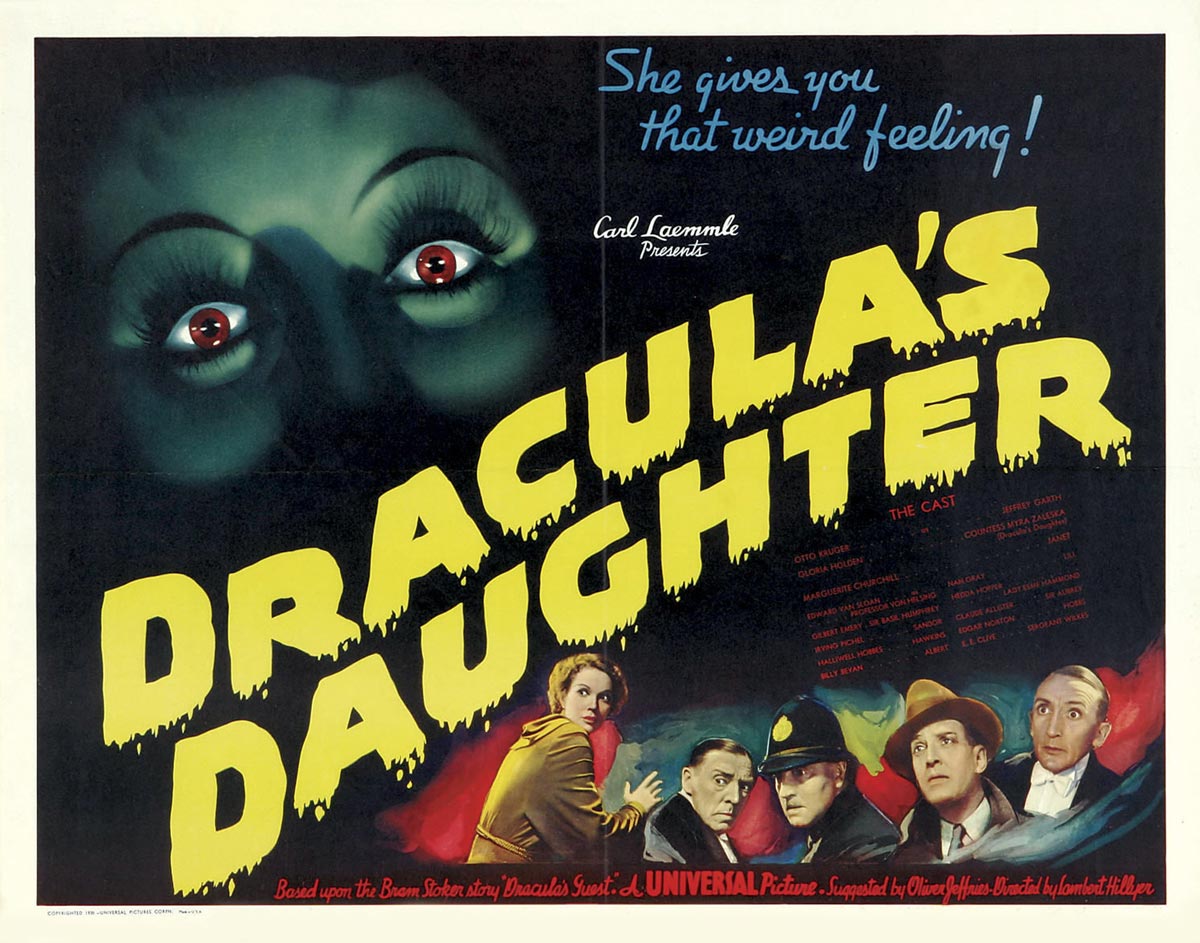
Needless to say, Balderston did this treatment on spec, it was a little too sensational for 1933 (it would’ve been great in 1973!) and Selznick got his opportunity to play MGM against Universal. He resold the rights to DD back to Universal who was left with a scriptless property. Treatments began rolling in and Joe Breen began the head-shaking process. “You can’t have rats.” “Women may not recline on any furniture, even if they have been bitten by a vampire. Have them get bitten in upright chairs.” The film, originally supposed to be directed by James Whale and featuring a returning Bela Lugosi, began production in February 1936. They had gotten several extensions on the rights, as they were to revert back to Selznick and MGM if Universal had not begun production by a certain date. If you think that was the last of Selznick on Dracula’s Daughter, you would be wrong. As the film begins, watch for the on-screen credit stating that the film’s story was “suggested by Oliver Jeffries.” You’ve got one guess on whose pseudonym that is!
Screenwriter Garrett Fort was someone who was struggling to locate himself in a landscape that did not completely accept him. It wouldn’t be a stretch to say that this life-experience was poured right into the script. Fort had been quite successful but that success was beginning to wane and he had become a devoted follower of Indian guru Meher Baba (Gary Cooper, Boris Karloff, and the folks at Pickfair were also fans, incidentally). Eventually, due to lack of jobs in Hollywood and inability to continue his work with Baba, Fort was found dead after downing a bottle of pills in his Los Angeles hotel room in 1945.

Queerness and monster media have a long history together. From Victorian literature to modern television thrillers, depictions of the grotesque, the outsider, or the unwanted are regularly linked with desires and urges that so-called “normal” society finds terrifying. That is the very backbone of the horror genre. This outsiderness, while not exclusive to those identifying as queer, trans or non-binary, has always maintained strong ties to those communities. Horror and fear-based media present in-and-out group structures and challenge individuals to find their identities within that landscape. Dracula’s Daughter is no outlier in that capacity. While it may not be as progressive or positive as far as queer cinema goes (it certainly is problematic in many ways), its existence and naked displays of female/female desire are worth noting.
Over the years, critics have explored Dracula’s Daughter as a lesbian work. Try as they might, Universal could not “ungay” this film. All the notes from the Production Code Administration (which were followed), all the “fixes” that were made…there’s just nothing that could’ve been done. This movie is just hot. Gloria Holden virtually purrs at every woman who crosses her path and she quite noticeably does not use the same tone with men.
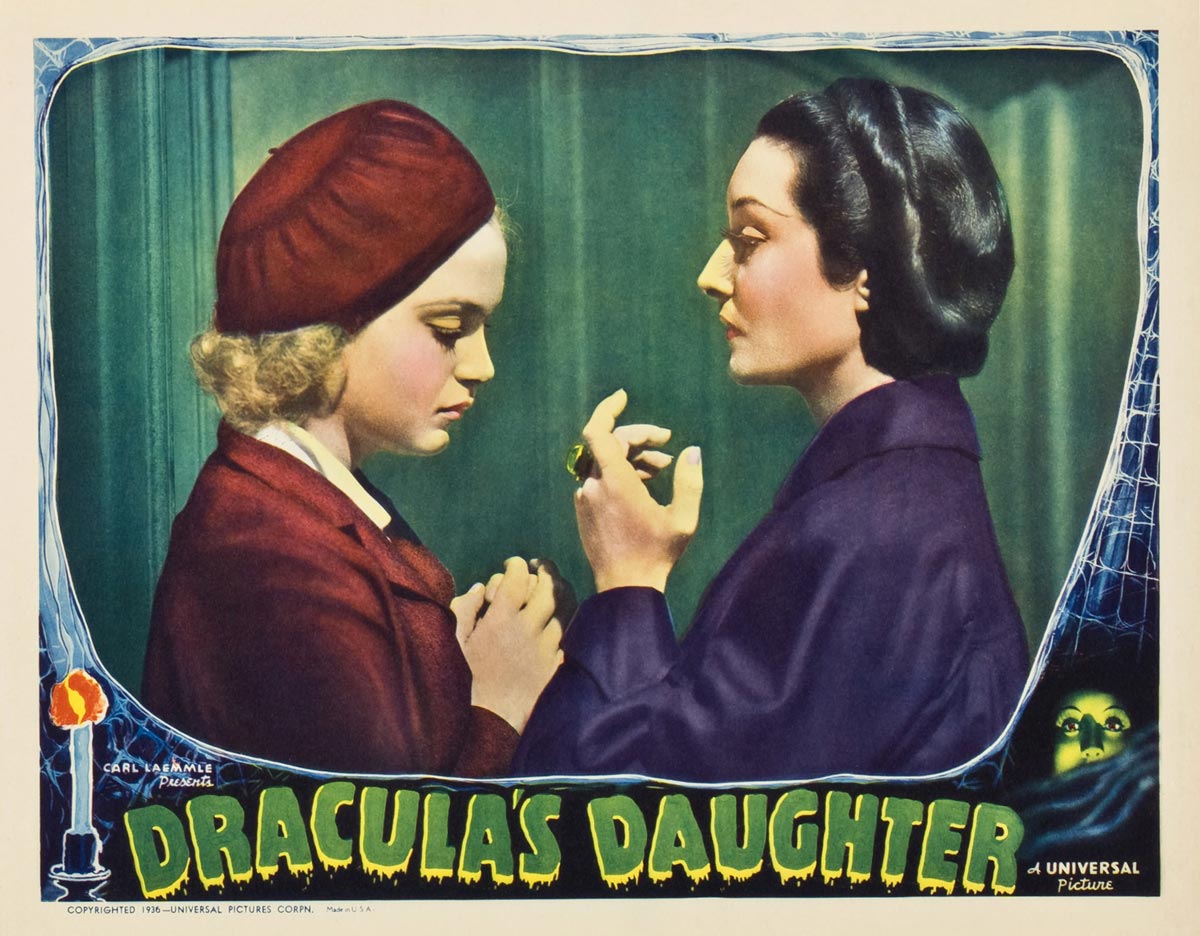
The lustful looks and erotic tension of Dracula’s Daughter were also impossible to eliminate. These moments, sprinkled throughout the film like spice in a curry, may not have caused the average heterosexual audience member’s pulse to race in 1936. But anyone with more varied sexual interests would have gotten the message right away. So issues with the censorship committee came and went but Dracula’s Daughter established its place firmly in the canon of queer classics.
The primary film narrative has Countess Marya Zaleska struggling with her cravings, internal and external. She wants to live a “normal life” (i.e. not so much vampire-ing). At the same time, her physical body betrays her internal logic, telling her she must feed when given the opportunity – especially on beautiful young women. Zaleska is in a special kind of hell. It is clear that she enjoys her vampire life but she wants to fit in, engage in normative human existence.
Zaleska approaches Dr. Jeffrey Garth (Otto Kruger) and pleads with him to help her. Initially refusing, he finally agrees to see and counsel her. The story only gets wilder from there, with Zaleska kidnapping Garth’s girlfriend Janet (Marguerite Churchill) and an unexpected trip to Transylvania.
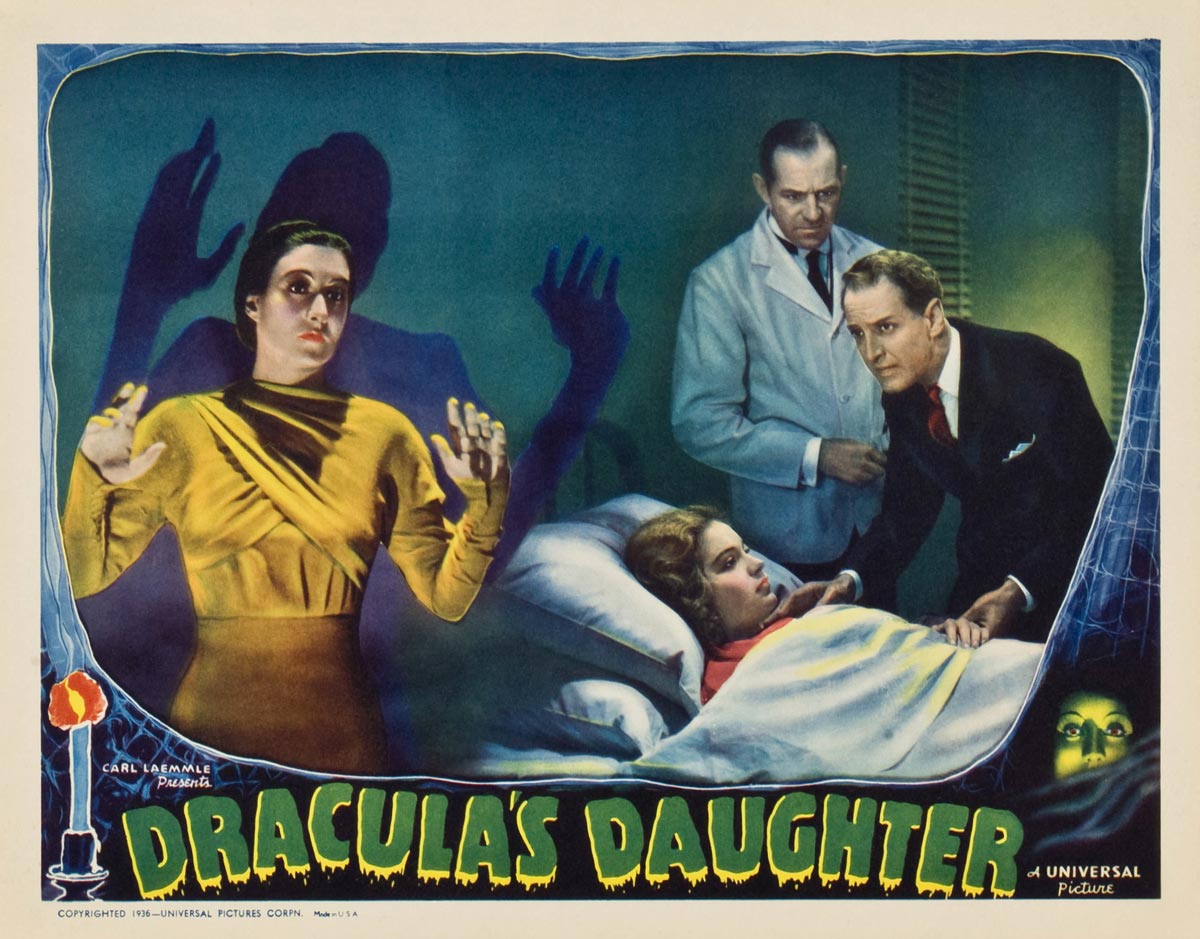
But the Countess’ medical request to Garth is significant. If he could assist in “un-vampiring” her, would that end her troubles? Would it terminate Zaleska’s feelings of inadequacy? Additionally, do we even believe that Garth himself is a credible physician in this regard? As Harry M. Benchoff writes, “Like the debate over homosexuals, monsters were increasingly figured as a problem best approached through medical and/or psychiatric intervention, rather than legal or religious means. Yet, while many of the World War II era horror films insist that the monster queer can be cured (or at least understood) through psychological means, many others reflect a deep ambivalence about the figure of the psychiatrist himself as well as his ‘psychiadabra’ as one 1941 Time magazine article succinctly put it.”
Countess Zaleska’s battle with her queer identity consumes her. From gender turmoil (she wants to be “free to live as a woman…”) to her expressed need for a standard existence (“to live a normal life – think normal things…”) She feels enslaved by her condition. Not only does she view herself as something Other Than Woman, she views herself as something Other Than Normal. As Zaleska wrestles with her demons and lust gets reiterated in the film text, the film shows itself to be a barely concealed allegory for individuals wrestling with gender identity and/or sexualities.
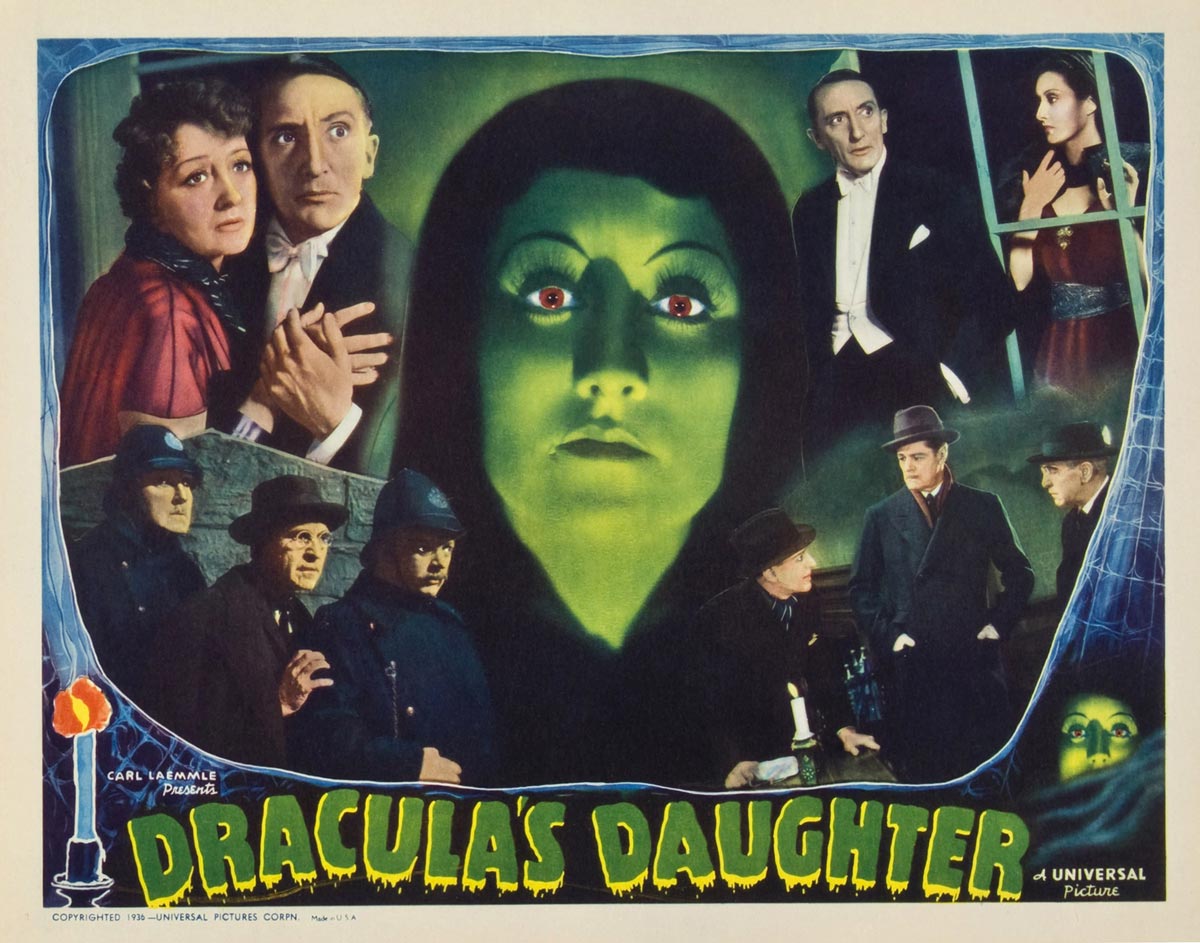
The character of Countess Zaleska is intoxicating. While supposedly the monster, she really becomes our protagonist since we feel more sympathy for her than for Garth or any other “good guy” character in the film. The character build up is all Zaleska, and Gloria Holden’s intensity claims the camera and hypnotizes the audience as much as she does each of the people she feeds upon.
This film and its solid focus on women, women’s sexuality and sexual desire remains a standout in film history, especially as it got passed by Joseph Breen and the Production Code Administration in 1936. While lesbianism and vampirism have been a major horror theme since literary works of the 1870s, this was the first and most popular moving image work solely devoted to lusty vampire ladies. This theme would, of course, continue on throughout the years (see the multiplicity of Hammer Films for reference) but Dracula’s Daughter will always remain the film that broke the ground and cut the ribbon.


